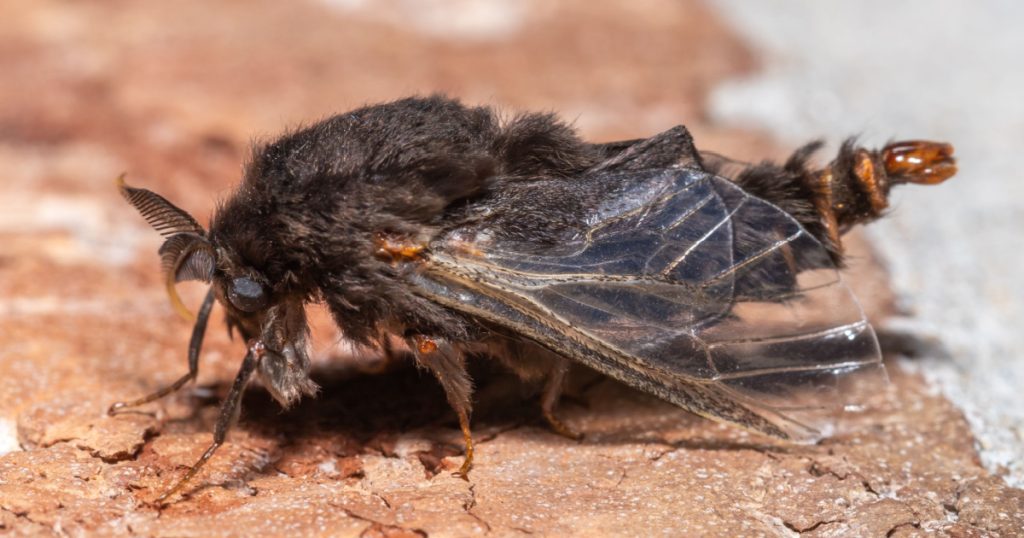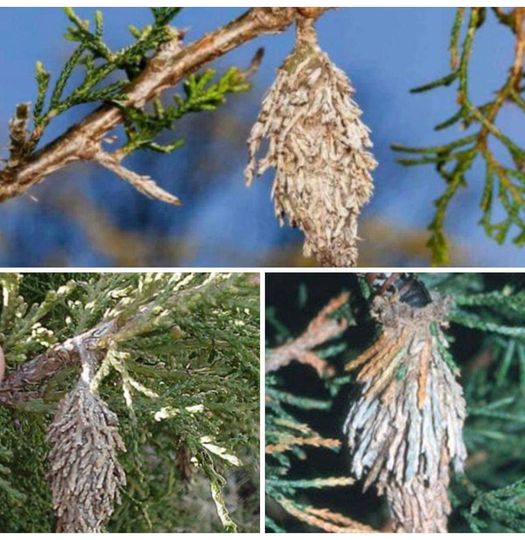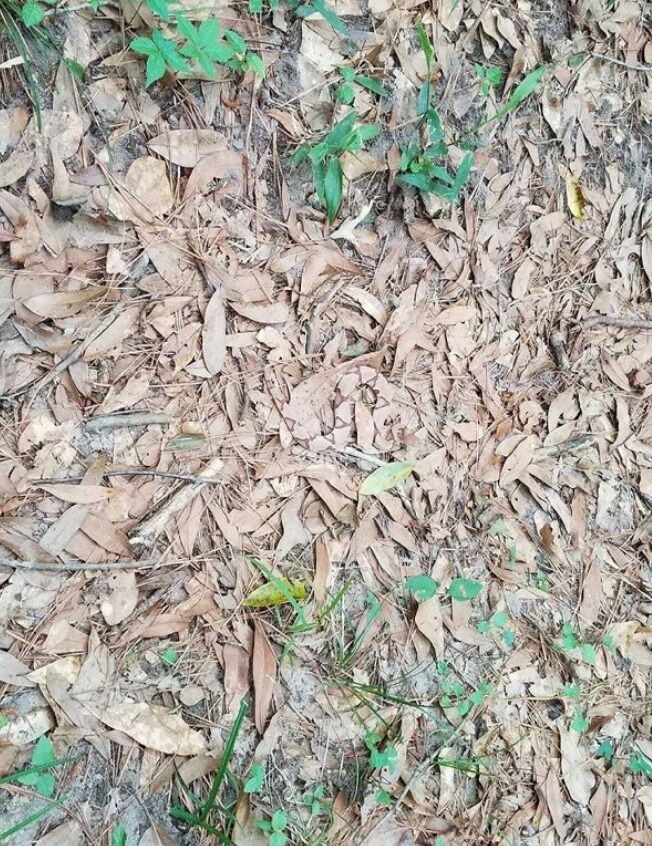Unmasking the Secret Lives of Bagworms
Don’t let their name fool you! Bagworms may sound like worms, but they are actually moths. These crafty insects spend their entire life cycle hidden away in the safety of their bags, which they construct using silk and pieces of foliage. As they grow, their bags grow with them, providing them with a cozy and secure home.

Life Inside the Bag
Female bagworm moths lay their eggs in late spring or early summer. Only the adult male moth ventures out of its bag in search of a mate, while the female moth remains safely inside. These bags, sometimes resembling cones, can easily be mistaken for plant debris, causing people to overlook them.
Bagworms are particularly fond of evergreen and deciduous trees. Cedar, arborvitae, juniper, and false cypress are their favorite host plants. However, when their preferred hosts are unavailable, bagworms will happily feast on the foliage of various other trees, including fir, spruce, pine, hemlock, sweetgum, sycamore, honey locust, and black locust.
The Hidden Danger
Although bagworms may seem harmless, they can cause significant damage to trees. Their feeding habits make it difficult for trees to photosynthesize and produce the nutrients they need to grow and survive. As a result, the trees become weaker and more susceptible to diseases, other pests, and environmental stressors. If left untreated, a bagworm infestation can ultimately lead to the death of a tree.
Managing Bagworm Infestations
Fortunately, there are several methods available to manage and control bagworm infestations. While plucking each bagworm cocoon individually may be feasible for a small number of affected trees, it is not the most practical option for larger landscapes. Here are some alternative methods you can consider:
- Prune and Destroy: In cases of widespread infestation, prune the affected branches and properly dispose of them. Be sure to check for other areas of infestation, such as nearby fences.
- Encourage Natural Predators: Some natural predators, such as birds and parasitic wasps, can help keep bagworm populations in check. Foster a welcoming environment for these predators to thrive in your garden.
- Chemical Control: If other methods fail, you can resort to chemical control using sprays like acephate (Orthene), cyfluthrin, or spinosad. However, use chemical control as a last resort and with caution, considering the potential environmental impact. Apply the spray on a windless and dry day to ensure quick drying and prevent drift.
Prevention is Key
It’s always better to prevent a bagworm infestation before it happens. Regularly inspect your trees, practice good maintenance, and plant them at appropriate distances to avoid overcrowding. Keep an eye on the surrounding vegetation as well. By staying vigilant and taking proactive measures, you can protect your trees from these mischievous moths.
Remember to share this valuable information with your family and friends on Facebook. Together, we can spread awareness and protect our beautiful trees from bagworms!






